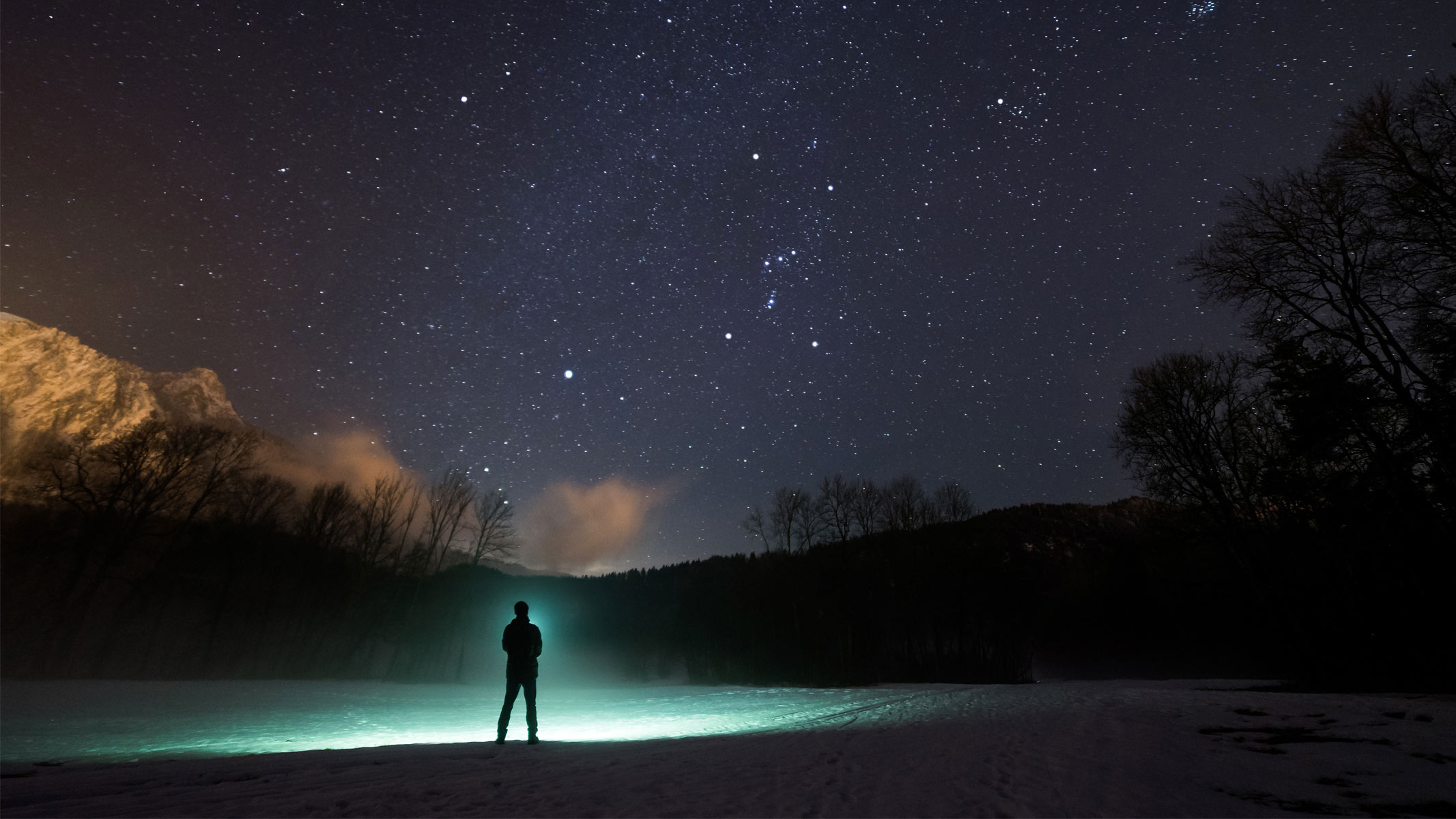Saturn shines with Venus and Mars before dawn this month. Here's where and when.
Saturn will join Venus and Mars in the early morning sky this month, and here’s how you can catch the trio in action.

Saturn will join Venus and Mars in the early morning sky this month, and here’s how you can catch the trio in action.
The ringed planet has been slowly moving toward Venus and Mars since early March. However, beginning today (March 18), viewers will be able to spot the trio low in the eastern sky before sunrise. Saturn continues to move in closer throughout the rest of the month, according to NASA’s March viewing guide.
Mars and Saturn will appear dimmer than the bright planet Venus, which will have a magnitude of -4.4, making it considerably easier to see, despite its low pre-sunrise altitude. However, viewers can use Venus’ brightness as a guide for locating its subdued neighbors, Mars and Saturn.
Related: Night sky, March 2022: What you can see this month [maps]
The planets will be visible to the naked eye or through a pair of binoculars when looking to the southeast before sunrise. Mars will be visible to the lower-right of Venus and closer to the horizon, while Saturn can be seen toward the lower-left, steadily moving in closer each day.
Our guides for the best telescopes and best binoculars can help find the right instrument for you to view this planetary trio. If you're hoping to snap photos of the planets, here are our guides for the best cameras for astrophotography and best lenses for astrophotography.
As Mars, Venus and Saturn grow closer together, the three planets will be contained within a circle 12 degrees across on March 18. This area will reduce to only six degrees by March 31, as the three planets pack-in close together, according to Skyatnightmagazine.com.
Breaking space news, the latest updates on rocket launches, skywatching events and more!
The crescent moon will join the trio at the end of the month, appearing close to the planets on March 27 and 28. Meanwhile, Venus will start to head out of view as Saturn and Mars get ready for a super-close meeting at the beginning of April.
Editor's note: If you have an amazing night sky photo or video that you'd like to share for a possible story or image gallery, let us know! You can send in images and comments to spacephotos@space.com.
Follow Samantha Mathewson @Sam_Ashley13. Follow us on Twitter @Spacedotcom and on Facebook.

Samantha Mathewson joined Space.com as an intern in the summer of 2016. She received a B.A. in Journalism and Environmental Science at the University of New Haven, in Connecticut. Previously, her work has been published in Nature World News. When not writing or reading about science, Samantha enjoys traveling to new places and taking photos! You can follow her on Twitter @Sam_Ashley13.
